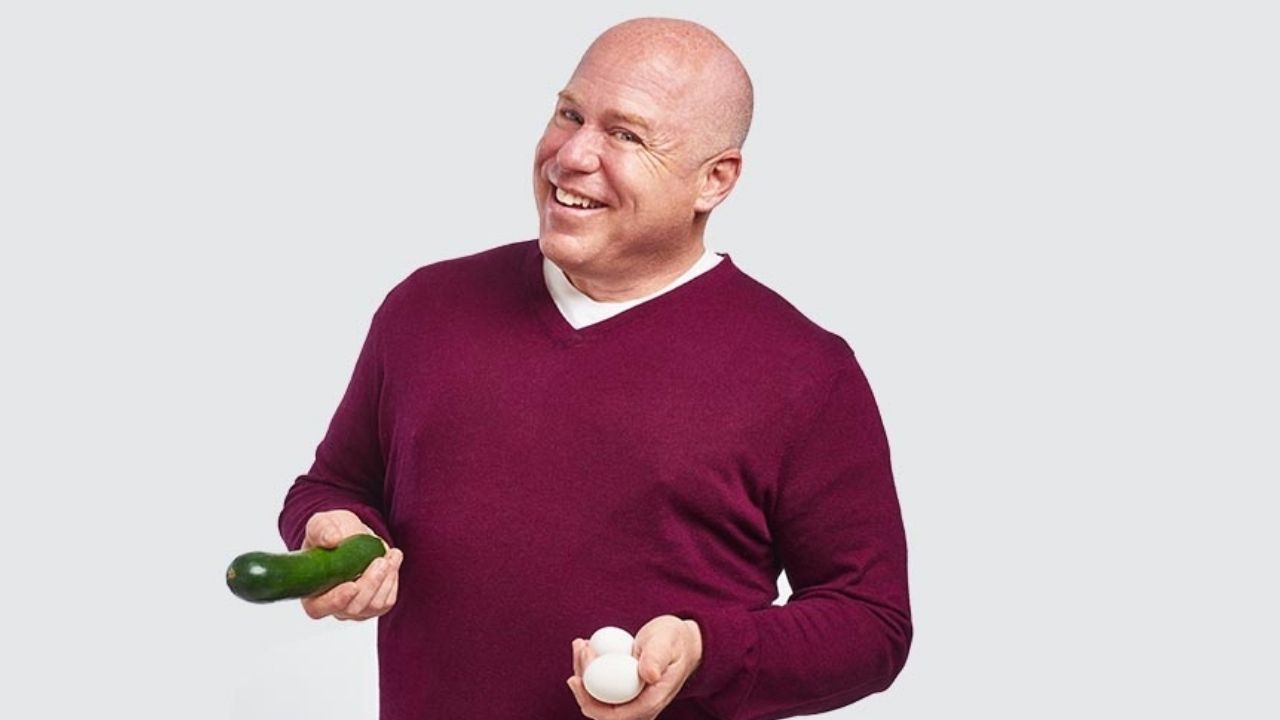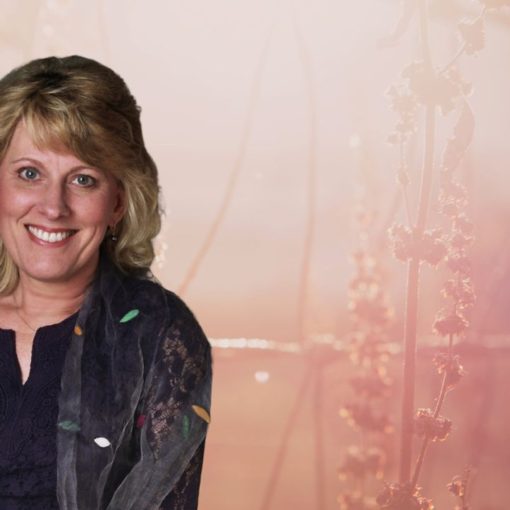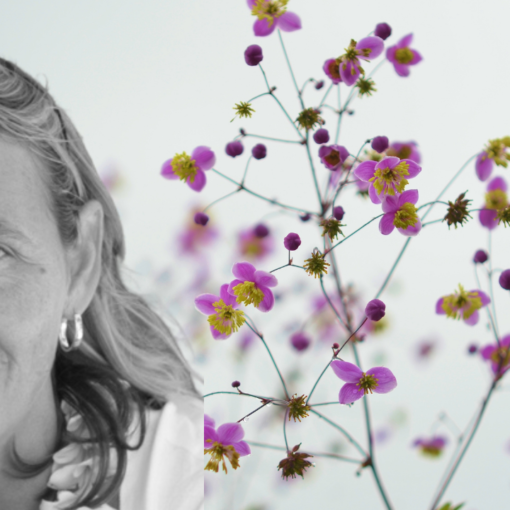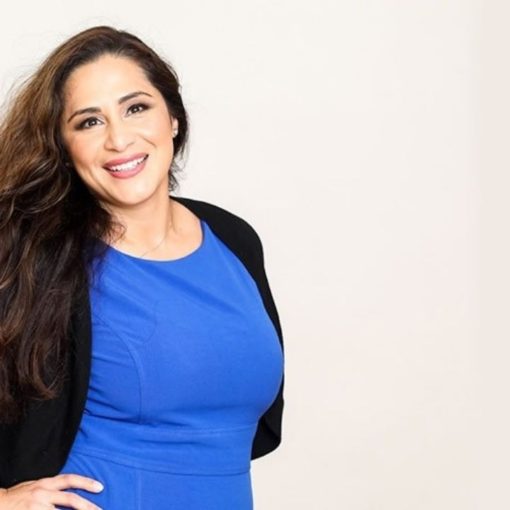First of all, congratulations to Elliott on his new job at CIIS!
Dr. Elliott Kronenfeld holds a Ph.D. in Human Sexuality and is a certified sex therapist and supervisor. He is currently on the faculty at The California Institute of Integral Studies in the Sex Therapy Ph.D. program. He is also a TEDx speaker, educator, and sought-after public speaker. His book, Couples by Intention, is a best seller. His private practice is in the Boston area, where he specializes in infertility, infidelity recovery, men’s issues, and intimacy skills. He can be contacted at www.drelliottk.com.
We recently interviewed Dr. Kronenfeld about his experience with the 4-D Network, and how the 4-D Network has helped his clients:
1. What was your first introduction to the 4-D Wheel, and what motivated you to learn more?
My first introduction to the 4-D Wheel came when I asked Gina to be my AASECT supervisor. I met her at her house for tea in her yard and she told me about the power of the wheel. I was transfixed and wanted to learn more. I attended several trainings with Gina at her home, in Mexico, and in other settings and always walked away with a deeper understanding and appreciation of what the wheel can offer!
2. How do you use the 4-D Wheel and what is your specialty?
My specialties are infertility, infidelity recovery, and intimacy skills. I use the wheel in a variety of ways. I love that there is no one right way to use it. Sometimes, I draw it on my whiteboard and use it to bring perspectives to a client in how we might approach our work. Sometimes, I put my wheel on the floor and we walk through it. Sometimes, I use my rocks (I have rocks with “Spiritual” “Mental” “Emotional” “Physical” painted on them) and I let clients hold them when they are working through their story. I also use the wheel in clinical supervision as I train other therapists to reach clients in creative ways.
3. What do you hope to do more of in the world using the 4-D Wheel as one of your tools to help heal people, and what is your vision or mission for this work?
I hope to use the wheel more with CIS men. I find men respond well to the breaking down of their experiences and they find the wheel an innovative way to do so. But, I think the way I use the wheel with CIS men is always very unique in that the introduction to it often needs unique context. Getting men into therapy can often be challenging, so introducing new modalities that might be unfamiliar requires nuance!
4. What message do you have for other 4-D members?
I encourage 4-D practitioners to continue to learn about the many ways to use the wheel and how to adapt it for short and longer term work with clients!





